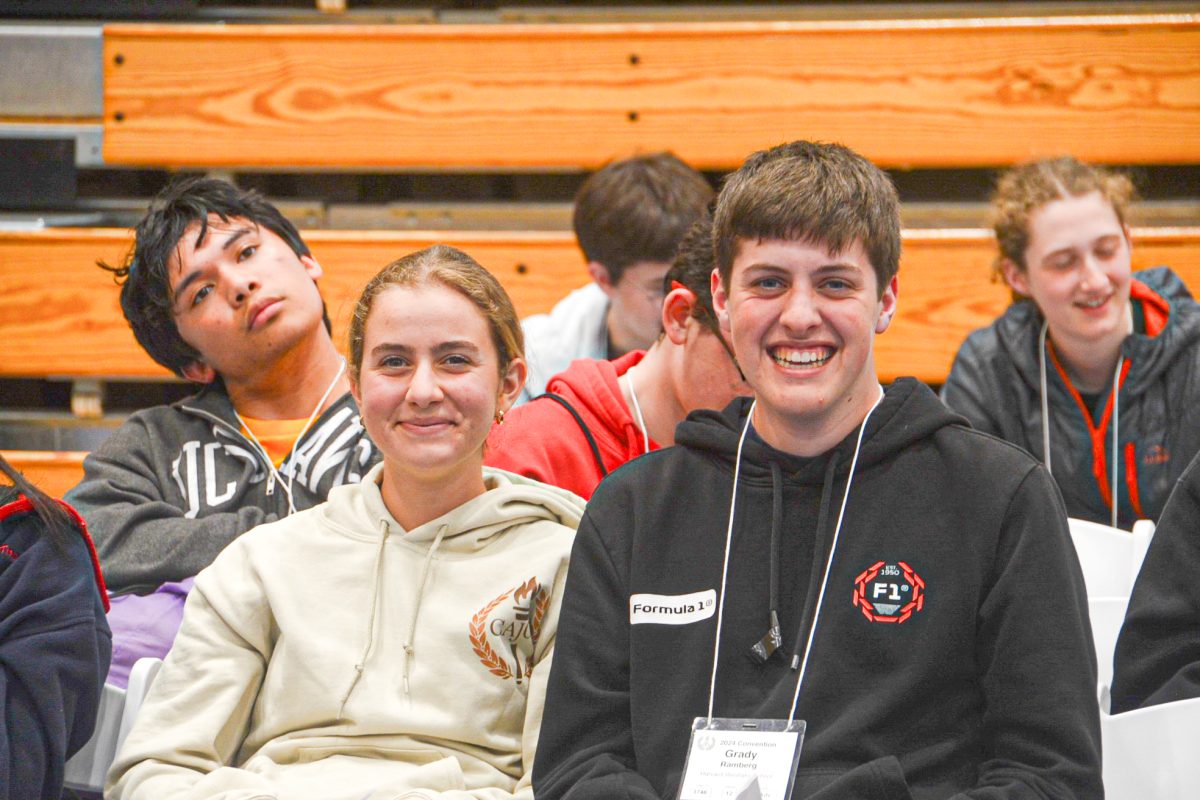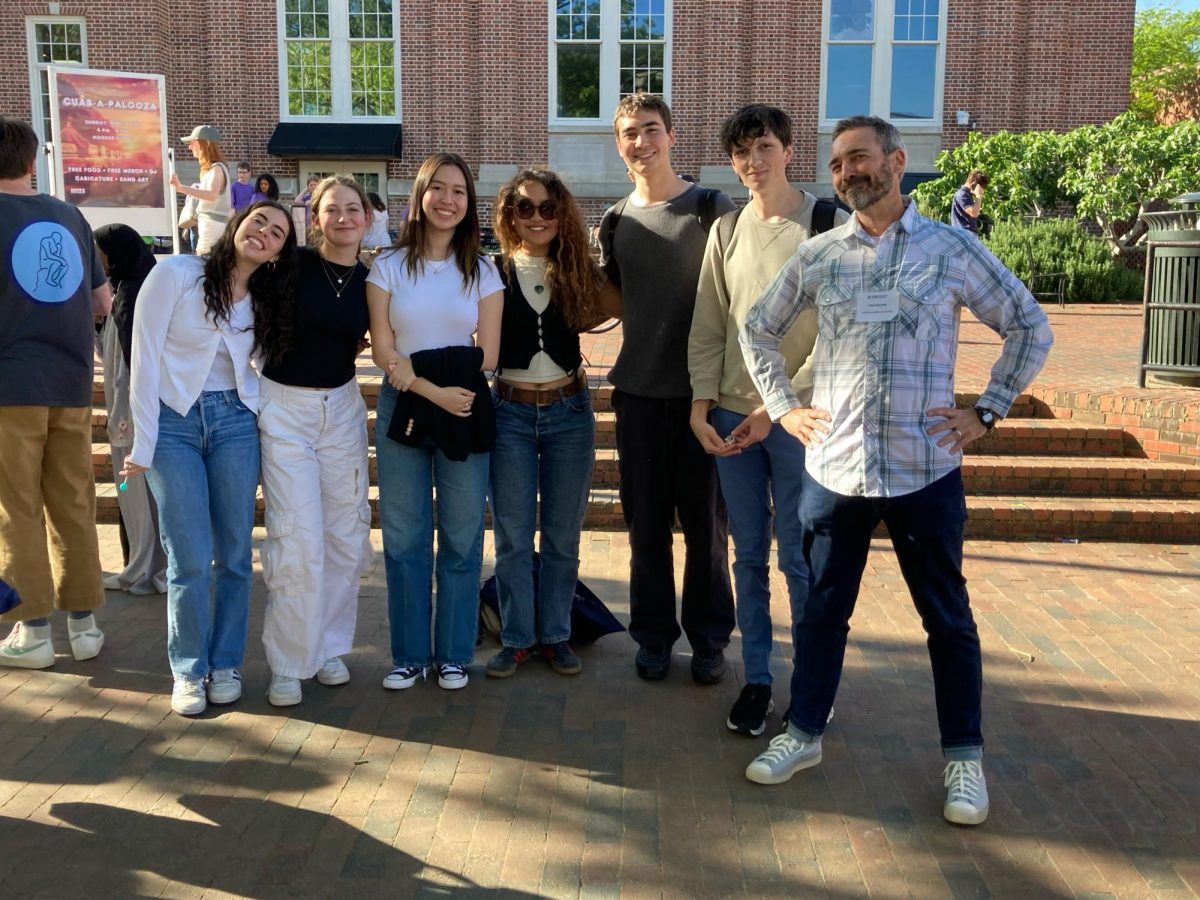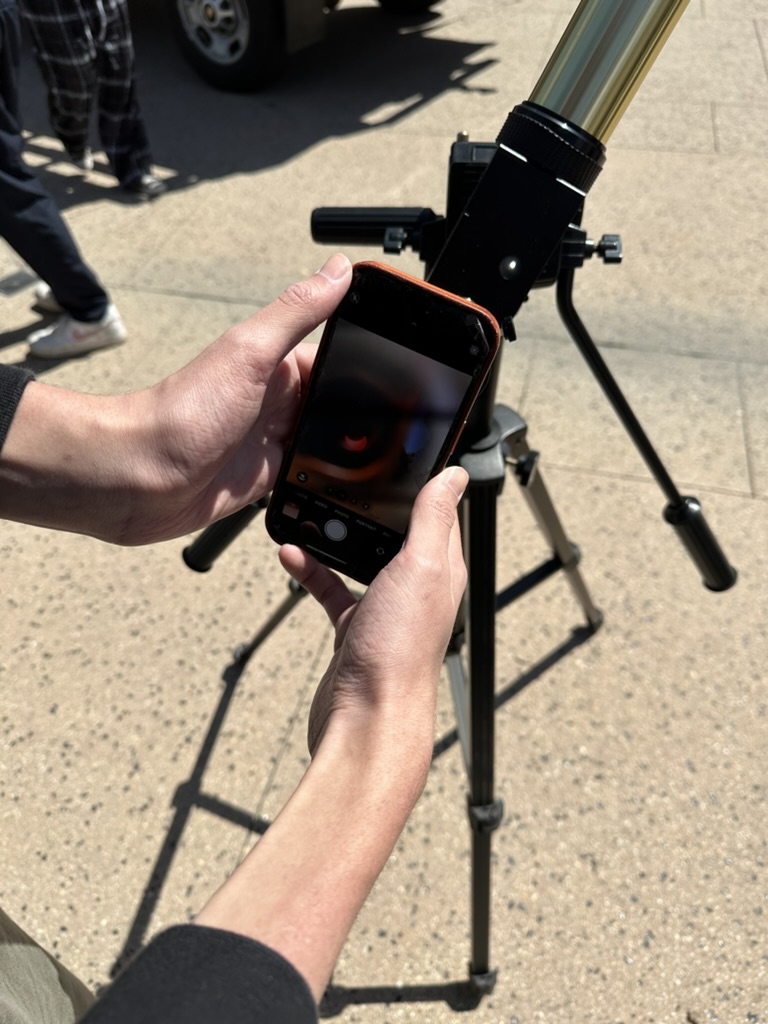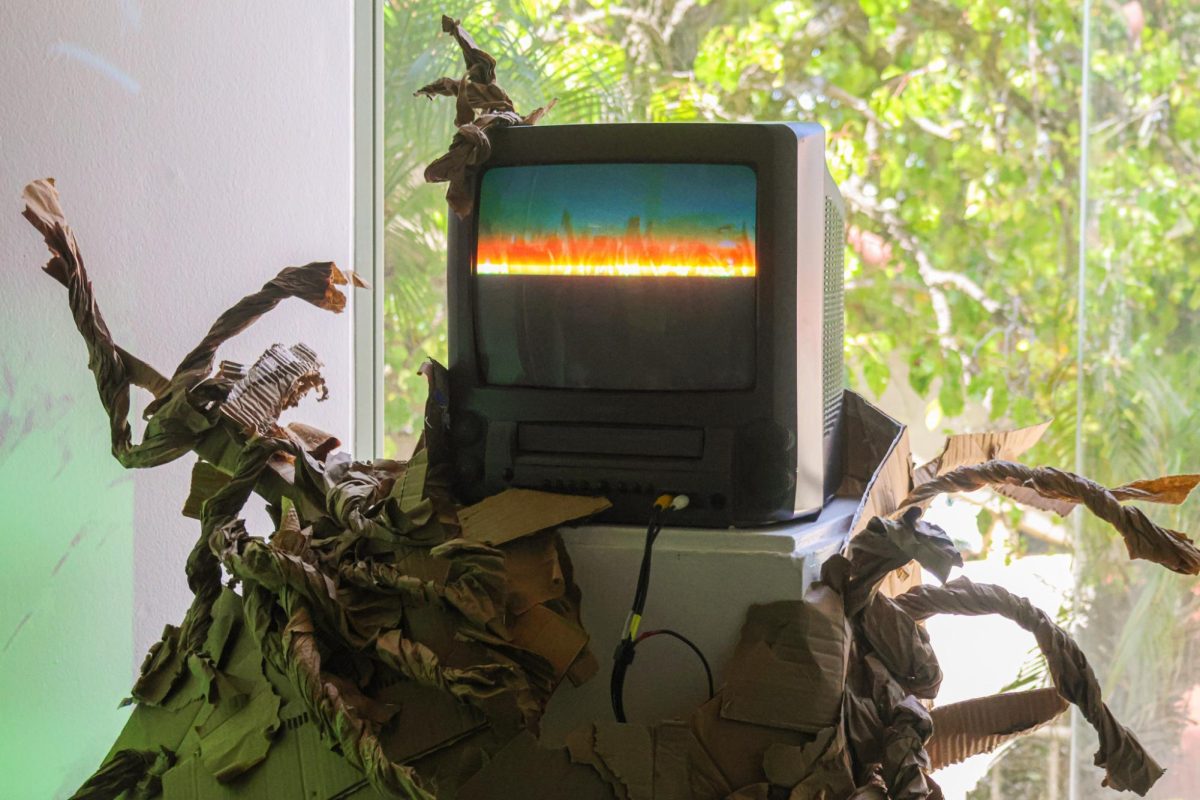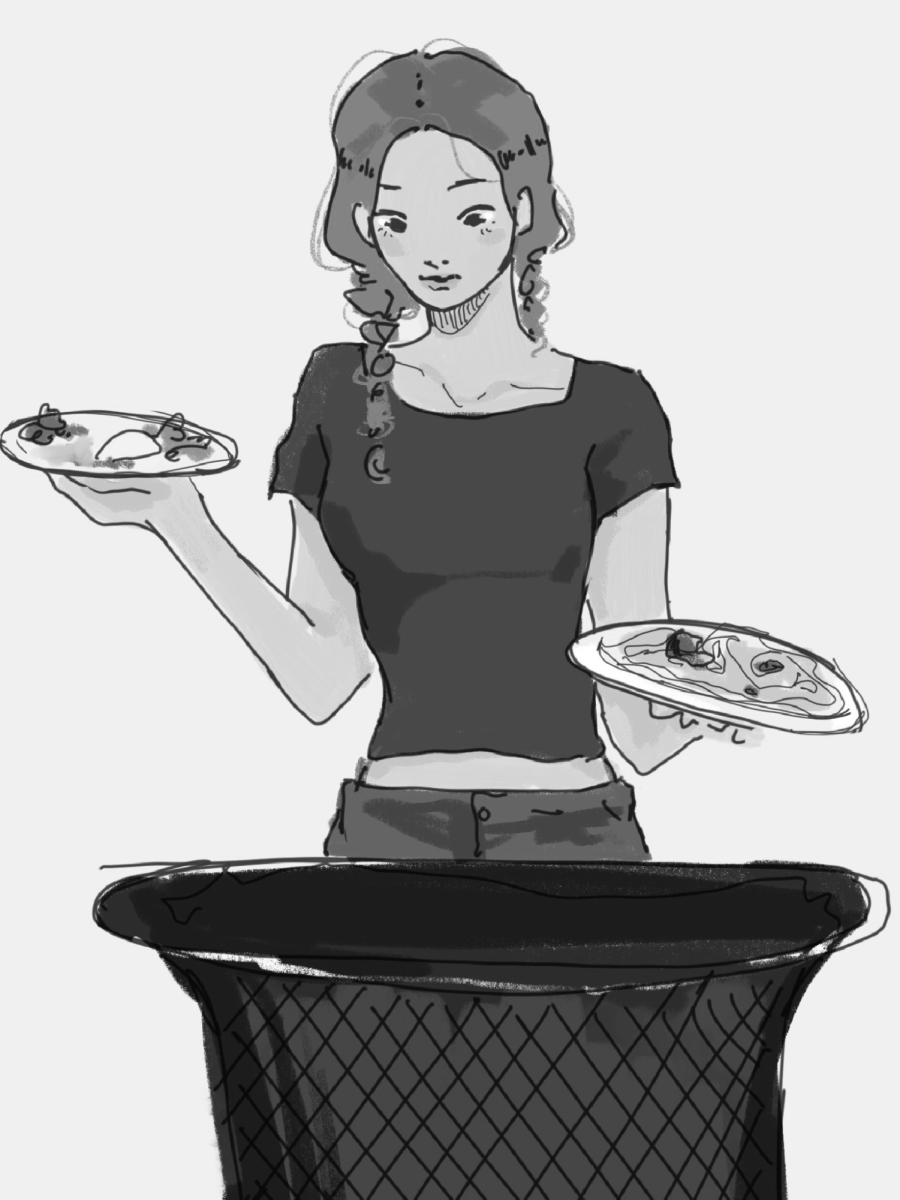When grabbing our lunches and snacks from the school cafeteria, it’s easy to overlook the cumulative environmental impact that our seemingly insignificant decisions create. Countless pieces of plastic waste ranging from wrappers to containers litter tables on the Quad. Without ever having to think of where that waste ends up thanks to our maintenance staff, students have no concept of the immense amount of trash produced. The cafeteria has tried its best to be aware of its environmental consequences and plastic waste by introducing compostable utensils, metal or paper water bottles, paper bowls and repurposing excess food. However, there are still many wasteful practices that the community can improve upon, and we, as students, are the most responsible for these changes.
After COVID-19, the need for individually wrapped items grew due to fears of germs and contamination. The cafeteria implemented plastic containers for grab-and-go foods such as desserts, fruit, salads and some hot foods in black take-out containers. To prevent long lines caused by students and faculty sharing one lunch block, this system still remains. This practice has led to a rise in the school’s plastic consumption and subsequent increase in environmental damage. The cafeteria has already implemented compostable utensils — they can further their effort by switching to biodegradable or compostable containers made from materials such as cornstarch, paper or bamboo.
Upper School Science Teachers Chelsea Stewart and Ryan Ellingson bring their own reusable plates and utensils to lessen the impact the cafeteria has on the environment. Reusable dishes for students would be a difficult solution to implement for the cafeteria because there is no dishwasher for such a large amount of bowls and plates. However, students themselves could bring their own tableware from home as many science teachers do. If there were areas on campus solely provided to wash reusable dishes, then bringing dishes from home would become a more reasonable task for students.
The school cafeteria has adapted to challenges regarding food waste. Currently, all students and faculty share just one lunch block, which makes it difficult for staff to gauge food production, therefore leading to food waste. The cafeteria has tried to solve this by reusing leftover food for other meals. For example, if there is excess white rice one day, the cafeteria may use it in the next day’s fried rice to prevent waste. In previous years, the cafeteria also partnered with a Downtown Los Angeles food bank, where they gave leftover food to those in need. But since this organization shut down, the cafeteria has not partnered with any others to continue these practices. Getting in contact with another food bank or organization would be another step in the right direction.
These innovative solutions prove the cafeteria’s efforts to be more environmentally-conscious , but if students are making irresponsible decisions, these attempts become more futile. Although the school may be a microscopic piece of the overall issue of food and plastic waste, our behavior is exceedingly important if we want to make the school’s efforts count. As our mission statement says, we can all practice “purpose beyond ourselves” with an active intent to help our environment.

